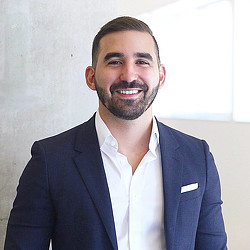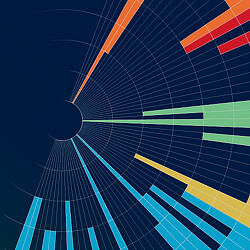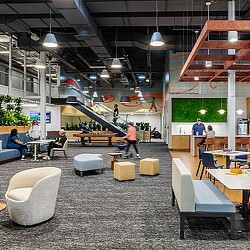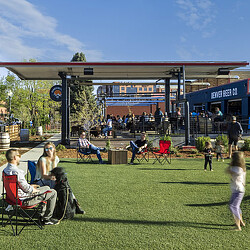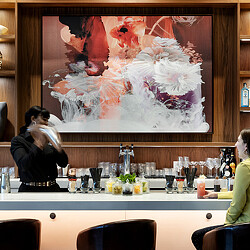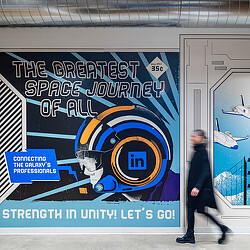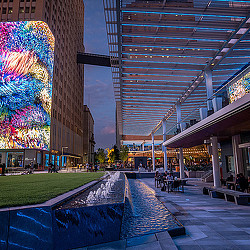Designing a New Future of Cities Through Wellness and Experience Design
How cities can take an active role in fostering healthier, more fulfilling urban lives for residents and visitors.

Cities are more just places where we live and work — they also shape our behaviors and interactions. Urban environments are often plagued by noise, pollution, and other stressors, which are often key factors in people’s decisions to relocate, according to Gensler’s City Pulse research. To revitalize downtowns, cities must do more to appeal to residents, visitors, businesses, and workers. They must engage, restore, and improve our quality of life by actively supporting our health and well-being.
Understanding how people engage with their surroundings, what enhances their well-being, and how urban spaces can facilitate these interactions is crucial. By incorporating sensory-driven design, fostering social connections, and offering spatial variety, cities can become catalysts for creating better living conditions, as well as moments of awe, connection, and renewal.
Developers who embed wellness into their projects are crafting the future of urban vitality, where experience-driven design enhances both property value and long-term desirability.
The Silent Disco Effect: Sonic Wellness & Immersive Acoustics
Noise pollution remains one of the most pervasive yet unacknowledged urban stressors. Chronic exposure to excessive noise is linked to increased stress, sleep disturbances, and even cardiovascular issues. As urban areas become denser, we must rethink the acoustic landscape in addition to solving for other challenges like housing inventory. Cities must go beyond noise reduction and embrace the strategic use of sound to create environments that promote relaxation and focus.
For example, sound showers, or zones with nature sounds, can provide respite in chaotic environments like airports or train stations, while subtly guiding circulation and wayfinding.
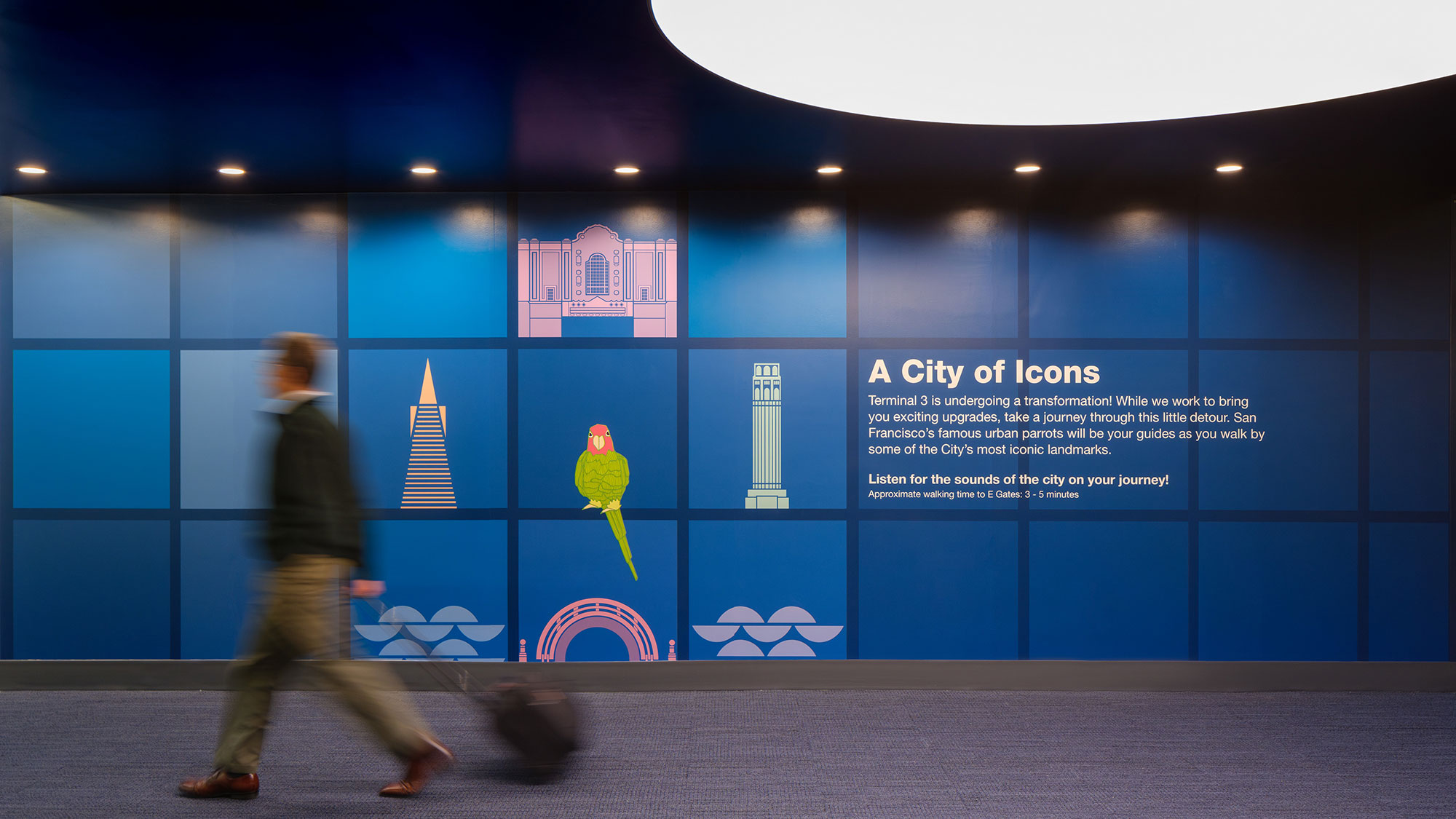
The Joy of Movement: Designing Engaging Experiences
Social and retail interactions are influenced by where people naturally come together and how dwell time is encouraged through design. The best cityscapes offer a mix of contemplative spaces and high-energy gathering areas, allowing people to engage with their surroundings in varied and meaningful ways. Research shows that buildings or spaces that incorporate movement-oriented features benefit from improved worker productivity or increased sales.
Rather than focusing solely on structured exercise or play, cities should cultivate diverse experiences that invite exploration. Thoughtful pathways can reveal unexpected vistas, interactive public art can encourage participation, and plazas can transform dynamically throughout the day. By prioritizing curiosity, discovery, and social interaction, cities can ensure that opportunities for movement are plentiful, varied, and accessible to all.
Grounding: Reconnecting Through Natural Materials
The concept of grounding, which promotes interaction with natural surfaces to reduce stress and enhance mindfulness, is gaining prominence in the design community. While widespread barefoot walking may not be practical in cities, the principle behind it holds great value: reconnecting people with authentic, tactile experiences.
Replacing artificial playground surfaces with nature-inspired play zones featuring sand, stone, or wood allows people to engage with varied textures. Softscape walking trails with a mix of grass, pebbles, and smooth stone provides sensory stimulation and encourages relaxation. Ambient design elements like scent, temperature, and texture play a crucial role in creating immersive urban experiences that foster a deeper connection to nature.
The Power of Looking Up: Designing with the Sky in Mind
Developers pour millions into world-class amenities — but what if one of the most powerful well-being boosters was already free?
Skychology — the practice of looking up at the sky to improve mental health — has been linked to reduced stress, increased creativity, and greater mindfulness. Yet, urban environments rarely encourage this simple act. By integrating sky-reflective architecture, kinetic facades, and immersive sky-viewing spaces, cities can make the sky a more present and interactive part of daily life.
Thoughtfully designed sky rooms and reflection lounges — architectural spaces dedicated to quiet sky observation — offer moments of awe and pause in transit hubs, workplaces, and public areas. Rather than just building up, cities can design for looking up, turning the sky into an ever-changing, restorative amenity.
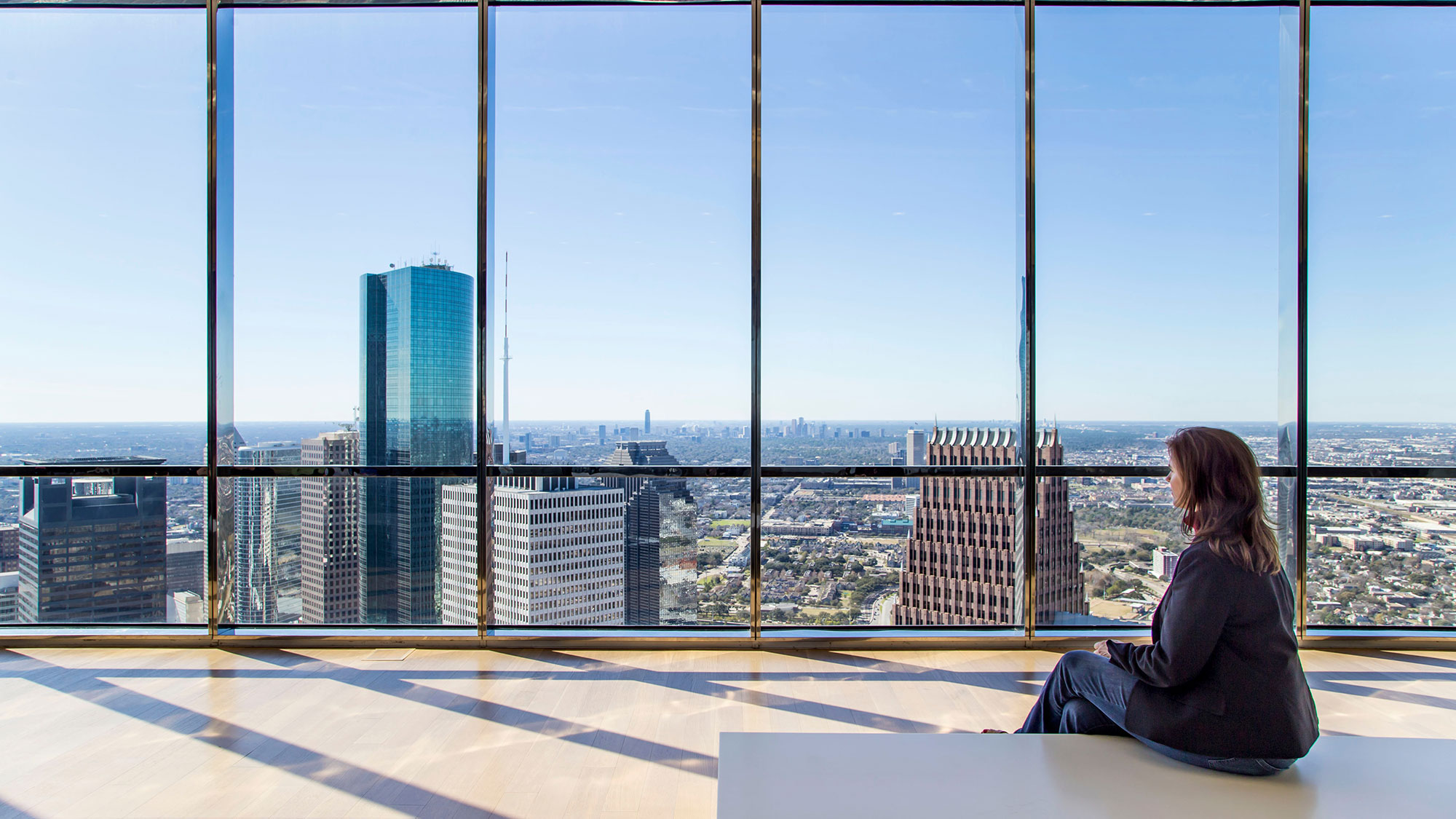
Sober Curiosity and Experiential Nightlife
The nightlife landscape is undergoing a fundamental shift as younger generations increasingly prioritize meaningful experiences. The decline in drinking among millennials and Gen Z has fueled the rise of the ‘sober curious’ movement, leading to a reimagined nightlife centered on connection and creativity. New nightlife spaces are rethinking the idea of social engagement by infusing spaces with interactive and immersive elements.
Venues that offer multisensory storytelling, such as projection-mapped environments that change over the course of an evening, elevate the atmosphere beyond static décor. Think AI-personalized music experiences where playlists shift based on the crowd’s energy or spaces that go from meditation and sound healing lounges by day to vibrant, social hubs at night cater to different moods and audiences. Time-based adaptability is key, ensuring that spaces evolve seamlessly from day to night, weekday to weekend, and event to non-event, optimizing engagement across diverse audiences.
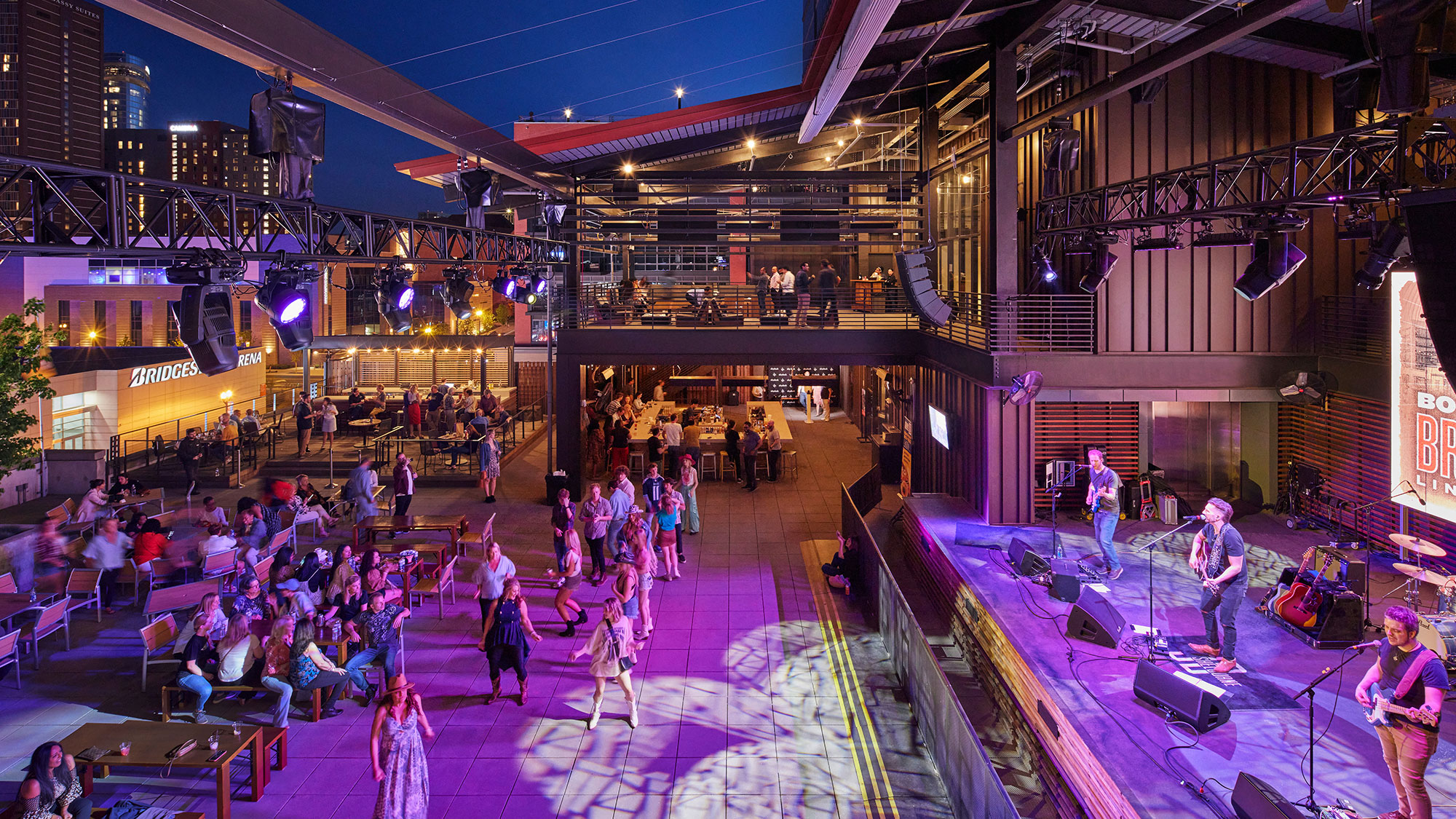
Sleep & Restoration: The Urban Night Mode
For decades, the notion of the “city that never sleeps” was celebrated, but a change in thinking is underway. Now, rest is recognized as a crucial aspect of well-being, necessitating a novel approach to urban design. One concept gaining traction is the ‘urban night mode,’ where lighting, soundscapes, and environmental cues shift in accordance with natural rhythms.
Districts designed for restoration can incorporate comfort-forward seating, calming lighting, and designated quiet zones in workplaces and transit hubs. Thoughtful wayfinding and circulation strategies can help people navigate these spaces with ease, reducing stress and enhancing the urban experience. By promoting restorative pauses, cities can foster environments that align with natural energy cycles, ultimately improving focus, well-being, and overall quality of life.
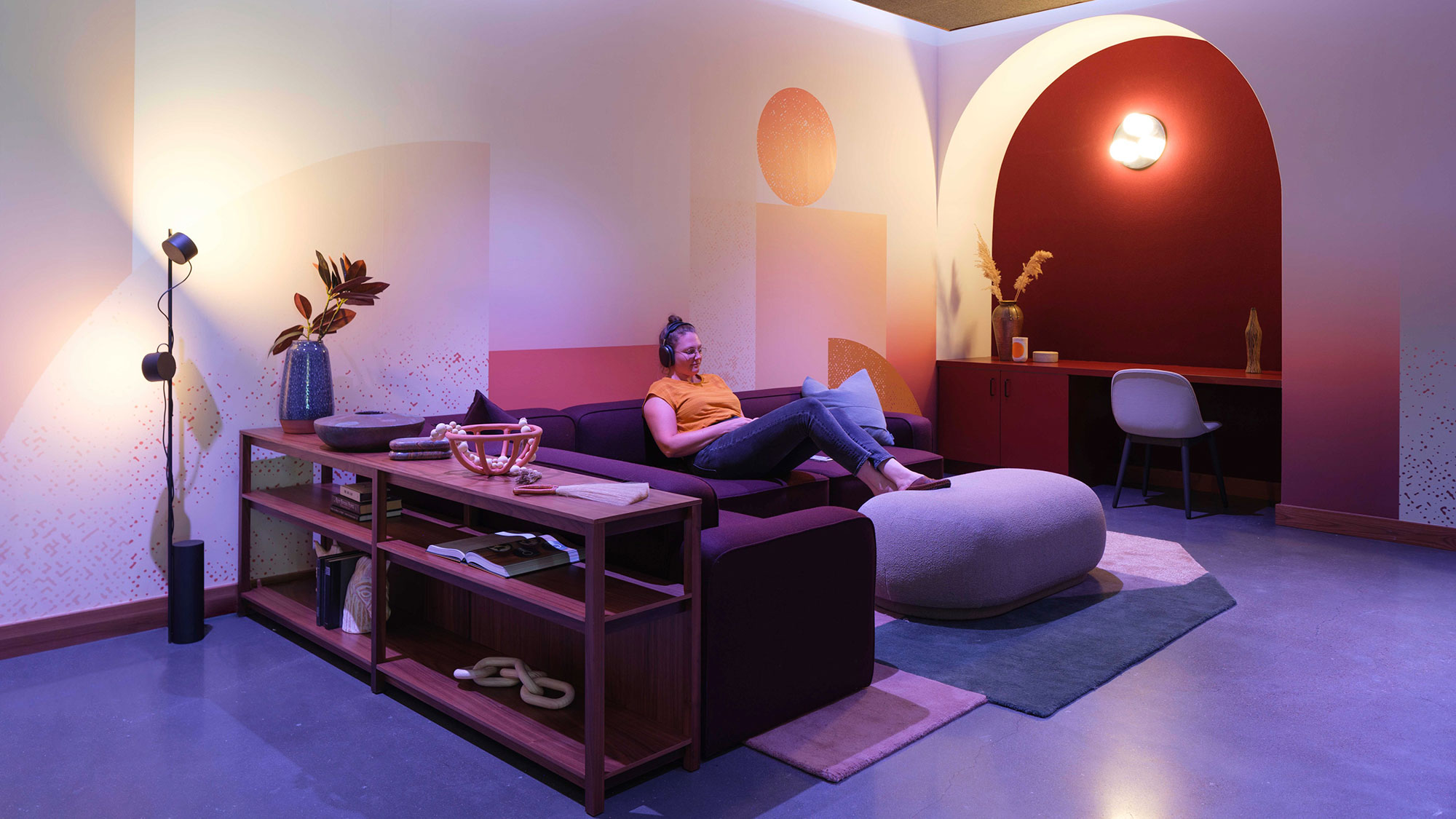
Embedding Wellness Into the Urban Fabric
The urban experience is evolving, mirroring the shift in UX design, where intuitive, seamless interactions define success. Just as technology has reshaped digital engagement, cities must now take an active role in fostering healthier, more fulfilling urban lives for residents and visitors. By embedding wellness into the urban fabric, we move beyond merely designing livable spaces to create cities that restore, invigorate, and elevate the human experience.
For media inquiries, email .
